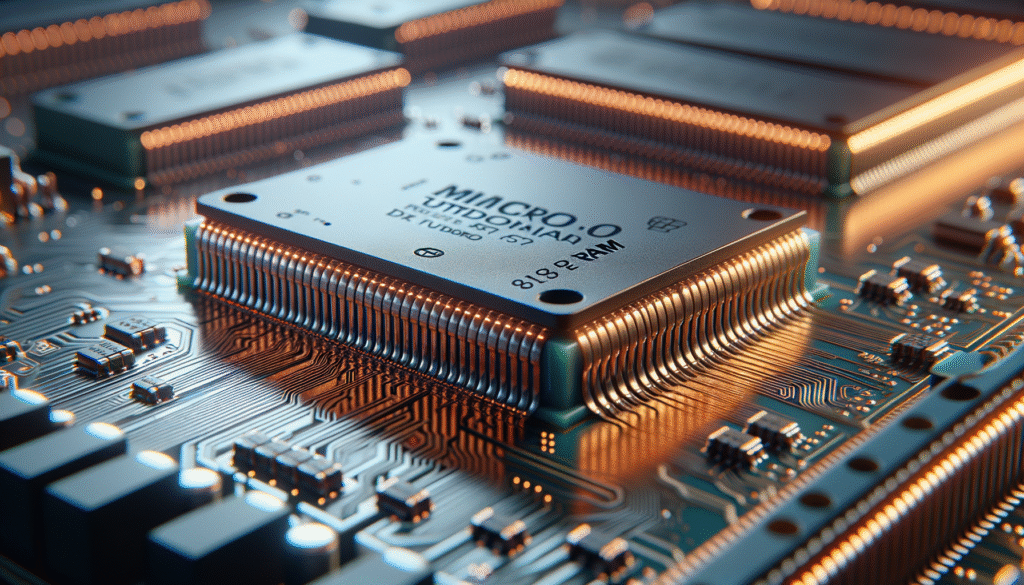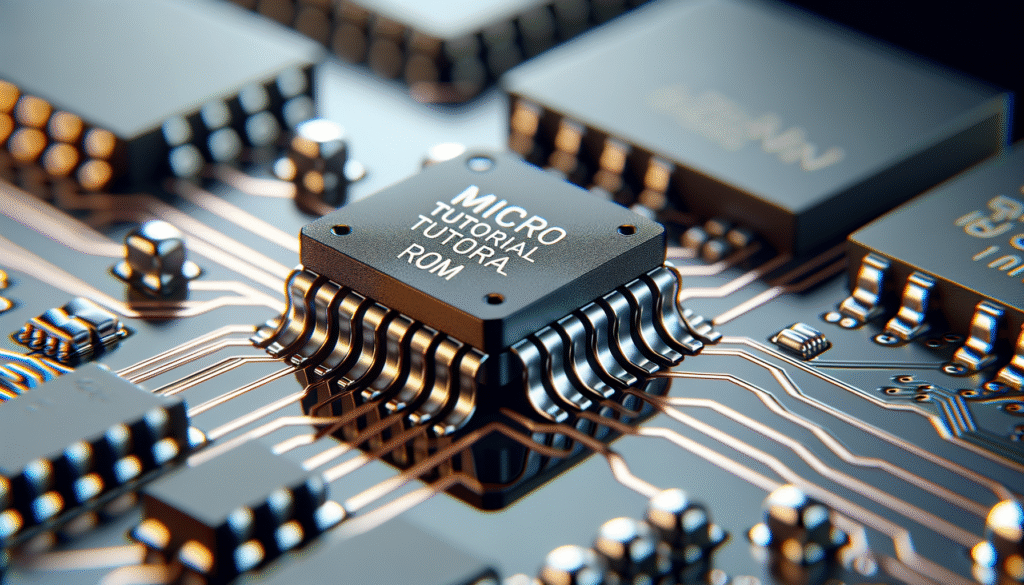Micro Tutorial: Machine Learning in Electronics
Practical Introduction
Machine Learning (ML) is revolutionizing the field of electronics and hardware. From recognizing patterns in signals to optimizing circuits, ML has integrated into various aspects of modern electronic technology.
What is Machine Learning and How is it Applied in Electronics?
Machine Learning is a branch of artificial intelligence that allows machines to learn from data. In the field of electronics, this means devices can analyze data from sensors and improve their behavior. For instance, IoT radio systems can learn to optimize data transmission based on environmental conditions.
A common application of ML in electronics is in control systems. Imagine a drone that adjusts its altitude and direction in real-time. This type of device uses supervised learning algorithms to analyze data from its sensors and make appropriate decisions.
Key Parameters for Implementing ML in Electronics Projects
| Parameter | Description | Typical Values |
|---|---|---|
| Learning Rate | Controls how quickly the model adjusts | 0.01 – 0.1 |
| Epochs | Number of times the model reviews the data | 10 – 1000 |
| Batch Size | Number of samples processed in each iteration | 32 – 256 |
| Regularization | Prevents overfitting | 0.001 – 0.1 |
| Evaluation Metrics | Parameters to measure model performance | Accuracy, Recall |
Specific Use Case: Autonomous Drones
Consider a drone conducting inspections on infrastructure. It uses ML to analyze image data and detect structural failures. The drone can learn from its past experiences to improve its accuracy in identifying issues. This not only saves time but also enhances safety in infrastructure maintenance.
Common Mistakes and How to Avoid Them
- Not cleaning the data: Ensure input data is clean and organized to avoid prediction errors.
- Not validating the model: Use test datasets to evaluate the effectiveness of the model under different conditions.
- Not understanding the algorithm: Take the necessary time to understand how the algorithm you are using works in your project.
Conclusion + Call to Action
Machine Learning is a powerful tool for innovation in the field of electronics. From optimizing systems to improving safety, its applications are vast and exciting. If you want to explore more about integrating ML into your electronics projects, we encourage you to research further and experiment with open data. The next great innovation could be just a click away!
For more information, visit electronicsengineering.blog
Quick Quiz
Question 1: What is Machine Learning primarily concerned with in electronics?
Question 2: Which learning method do drones commonly use to adjust their altitude and direction?
Question 3: What does the learning rate parameter control in Machine Learning models?
Question 4: What is a common evaluation metric used to measure model performance?
External sources
- Micro-learn: Getting Started with Machine Learning on Arduino
- MicroMod Machine Learning Carrier Board Hookup Guide
- Exploring the Microverse: Machine Learning on Microcontrollers



